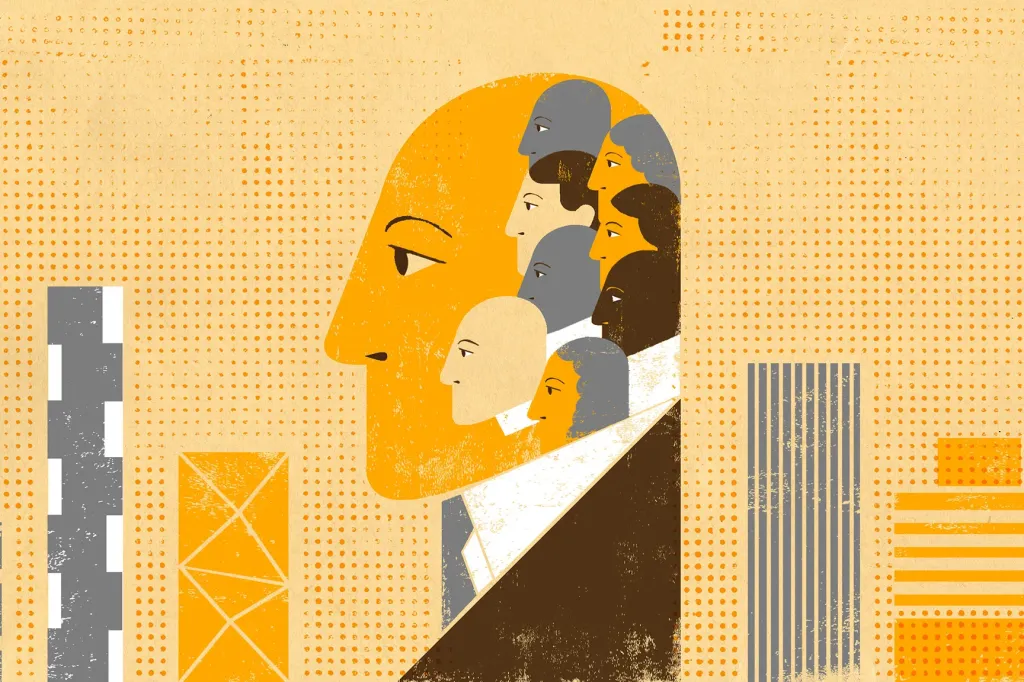
In an era of increasing global commerce, business has the resources and reach to play a crucial role in determining the course of human rights and progress, says Judith Samuelson, executive director of the Business and Society Program at the Aspen Institute. How corporations choose to change the world depends on their leaders, many of them MBA graduates. Here, Samuelson makes the case for reshaping business education for the 21st century to ensure that CEOs look beyond the financial bottom line.
In the past, you have described business as a “social force.” What do you mean?
Business is to the modern era what the church was to the Middle Ages. It is the most powerful institution of our age. After a decade and more of examples of excess and malfeasance, public trust in business is low, but global corporations command extraordinary resources and distribution systems, talent and problem-solving skills that we need to address complex problems. Whether we like it or not, we don’t have global governance, but we do have global companies, and the behavior of multinationals is likely to shape the norms and help define what rights are respected.
How does business help define human rights?
Business is all about managing risk. Businesses that don’t take human rights seriously are exposed to reputation pitfalls up and down the supply chain. This is especially true for global brands—take consumer products companies like Apple and apparel companies like the Gap. Consumer brands like these are especially vulnerable and need to carefully consider and manage labor practices and human rights standards for themselves and their suppliers to protect their reputation. They respond to NGO pressures and they fear the power of social media and the Internet. And they learn from their mistakes; companies that suffered from bad reputations in the past—take Nike or Nestlé, for example—are among the better actors today. This isn’t about virtue; it’s about smart business practices and attracting and maintaining customer loyalty—and talent.
There will always be moments when it feels like business has totally failed us, but this isn’t new. We are living in an age of hypertransparency. We know more, and more quickly, and our knowledge is more graphic and thus our reaction more immediate than before. Bangladesh is in your living room—or on your computer screen—and that wasn’t the case 50 years ago.
Of course we can’t rely on reputation to protect human rights; we need to focus on creating and enforcing effective global policies and regulations. But if I were running a human rights program today, I would also be thinking, “Who in business can help me get where I need to go, and who are the other actors who can influence business behavior?” Global businesses have the heft and the organizing power and the problem-solving skills to get a lot of things done that society needs.
“We need to change the paradigm of what’s taught in business schools and the narrative about what constitutes business success that dominates boardrooms. The thinking in classrooms and boardrooms is tightly connected.”
Consider Walmart and what the company has done to drive environmental consciousness through their supply chain. They are marshaling their suppliers to reduce packaging, reexamine chemical use, grow the supply of sustainable cotton, and improve the health of fisheries and other systems on which they depend. Walmart is more powerful than any government in terms of bringing about change. That doesn’t mean you have to like Walmart—but ignore them at your peril.
Consumer brands are vulnerable, but what other types of business must focus on rights?
Businesses that require very long-term investments that can’t pick up and move, like mining and minerals, understand what it means to secure the franchise and make sure that their assets are not at risk. It forces them to think more deeply about the needs of their fence line neighbors and maybe their employees.
Certain businesses have been particularly visionary about rights. Why is that?
In the 1990s, the Ford Foundation’s Program-Related Investments division—which I led at the time—supported research that launched the Corporate Involvement Initiative. We took note of companies that seemed to be ahead of the curve on “social responsibility” and community impact—they were doing things that were not common among their peer group or in their industry. We asked, “How does that come about?” It kept coming back to the leadership of the CEO.
The CEO might be motivated by religion or family legacy or a swift kick in the rear from an aggressive NGO. But what we found overall is that the leadership of the CEO was a critical factor. That led us to business schools and how to influence the attitudes and decision rules of CEOs. But it also required us to consider business or industry fundamentals; what business are they in and what forces shape the company’s access to critical inputs on which they depend—whether it’s capital formation or access to natural resources or the nature of their labor force and the competition for talent. And how to leverage those forces for the public good.
How do rights groups and businesses differ in their approach?
The nonprofit sector organizes itself around problems. Business organizes itself around opportunity. And if you’re going to influence business, it’s really important to try to be in that space where they can hear you best. You need the activists, like Greenpeace, because they create awareness; they up the ante so others can step in and play other roles. But increasingly NGOs working in environmental or labor and human rights are asking, “How do we work alongside business?” and “Where is the business opportunity to be a first mover?”
Some foundations are open to funding organizations working up and down that chain of connections, and that’s a powerful role foundations can play. To stop at just Greenpeace and campaigning is not going to get us where we need to go. Foundations also need to fund people working with business.
What else can philanthropy do?
If we want to tackle the big questions of our day—poverty, climate change, human rights—we have to look at the bigger system of capital markets and private sector decision-making. And that takes us to how do you move the beast—to take a longer-term view and curb short-term thinking in business and capital markets.
We need to change the paradigm of what’s taught in business schools and the narrative about what constitutes business success that dominates boardrooms. The thinking in classrooms and boardrooms is tightly connected. That is, what is the purpose of the corporation? How do you measure success—and over what time frame? And importantly, how do you make high-quality decisions that stand the test of time? Thinking long-term requires executives to consider who is most affected by the business decision and thus needs to be at the table, or consulted, in order to make a good decision that will stick.
Americans tend to trust private initiative and believe that business is both efficient and a good way to get things done. Business schools have come a long way, but the intense focus on the bottom line and profit maximization still leads managers to externalize costs. We need a balance of good business judgment, along with regulation. And that requires a very strong public voice for the public’s interest—to create the lanes business needs to function well.
What feels broken right now is that those lanes don’t seem to exist. That’s partly because of money in politics; it feels like business can impede the public will by spreading money around Washington to their own short-term ends.
It is a good time for foundations to be stepping into these questions—questions where theory meets practice—about the purpose of the corporation, the incentives and decision rules that govern business and how they are determined and what business leaders (and government) do at their best. These questions can feel like they are up at the 20,000-foot level, but in fact they affect all of us on a daily basis and set the tone of what we’re teaching the next generation of leaders. So it’s great to have foundations help make that conversation happen.
JUDITH SAMUELSON
Judith F. Samuelson is executive director of the Business and Society Program at the Aspen Institute. The independently supported program, created by Samuelson in 1998, works to align business with the public good. Previously, she led the Ford Foundation’s office of Program-Related Investments, the foundation’s social investment fund. Samuelson also helped launch the foundation’s Corporate Involvement Initiative, an effort to encourage private-nonprofit partnerships and facilitate business opportunities with social benefits. Earlier, she managed a sales and lending team at Bankers Trust Company and worked as a lobbyist and legislative aide on health and education issues in California.
Aspen Institute bio
Beyond Grey Pinstripes, a global database and report card on MBA business education
Corporate Values Strategy Group, a forum for business leaders to promote change
Blog posts in The Huffington Post
Video of Samuelson interviewing the CEO of Duke Energy
Video of Samuelson discussing a report on long-term corporate performance







